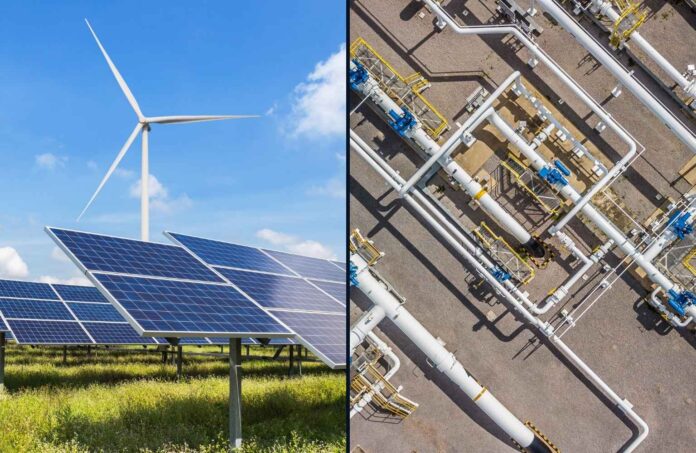U.S. power generation hits 20-year high, driven by renewables and stable natural gas capac
April 1, 2025
U.S. power generation reached its highest level in two decades in 2024, fueled by growth in renewable energy and stable natural gas generation, according to the 2025 Sustainable Energy in America Factbook, published by BloombergNEF and the Business Council for Sustainable Energy (BCSE). The report highlights strong investment and expansion in energy efficiency, renewable power, energy storage, natural gas, and sustainable transportation.
Energy Demand Surges Amid Economic Growth
The U.S. energy sector saw significant investment in 2024 as rising power demand from industrial growth, transportation electrification, and artificial intelligence-driven data centers shifted energy planning priorities.
“We are on the cusp of an American energy expansion,” said Lisa Jacobson, BCSE president. “Renewable energy and natural gas are the growth sectors of the energy industry and, when paired with energy efficiency technologies, will be fundamental in meeting demand growth.”
Renewable Energy and Natural Gas Dominate Generation Mix
Renewables supplied 24 percent of U.S. power generation in 2024, with solar and wind leading growth. Corporate power purchase agreements (PPAs) set a record, reaching 28 gigawatts (GW), up 26 percent from 2022, with tech companies driving 84 percent of the deals to support AI and data center expansion.
Natural gas remained the largest source of electricity, contributing 42.9 percent of total generation, while coal fell to 14.7 percent, its lowest share ever. Energy storage surged, adding 11.9 GW of capacity, a 55 percent increase year over year.
Electric vehicle (EV) sales also hit a record in 2024, with one in ten new U.S. car registrations being electric. Sustainable aviation fuel (SAF) production grew 325 percent, while renewable natural gas (RNG) supply expanded under federal and state incentives.
Investments and Challenges in Energy Deployment
Global investment in sustainable energy topped $2 trillion in 2024, with U.S. energy financing reaching $338 billion, up from $303 billion in 2023. However, permitting delays and regulatory uncertainties slowed deployment in key sectors like hydrogen, offshore wind, and carbon capture.
Extreme weather and climate-related disasters also posed challenges, with 27 major events costing $182.7 billion in damages. U.S. greenhouse gas emissions increased 0.5 percent year over year, with the industrial sector driving 89 percent of emissions growth.
“As the country faces unprecedented load growth, this is an enormous opportunity to deploy a broad portfolio of sustainable energy solutions to make our energy systems more reliable, resilient, and affordable,” Jacobson said.
Search
RECENT PRESS RELEASES
Related Post




